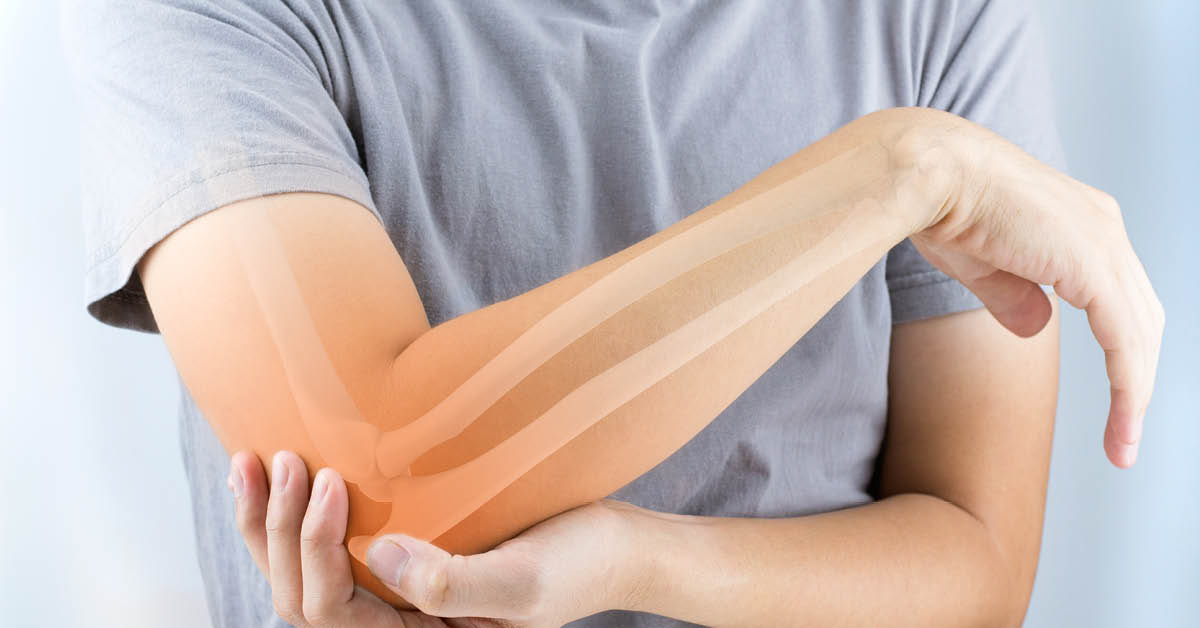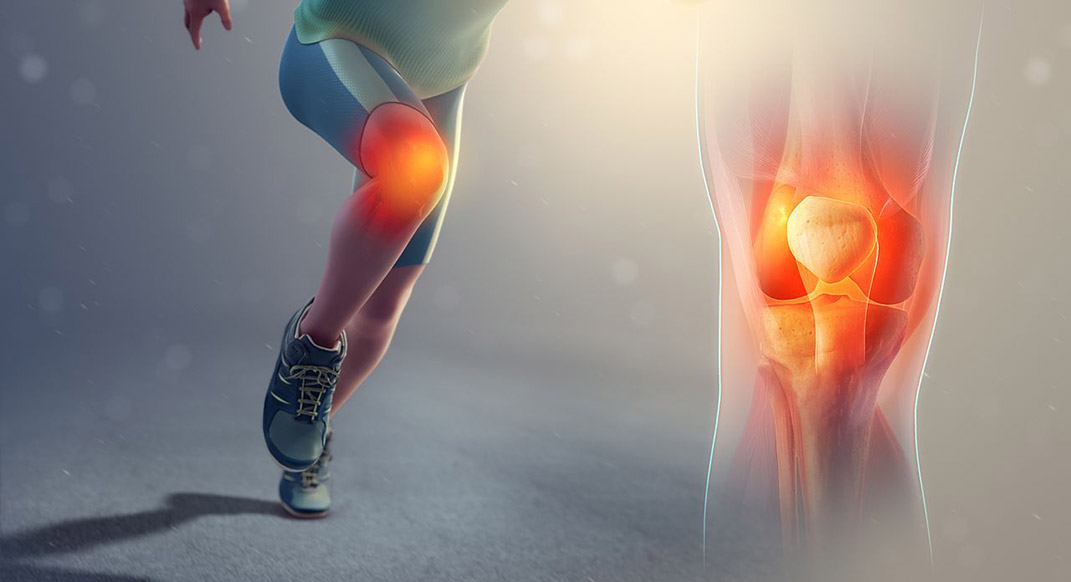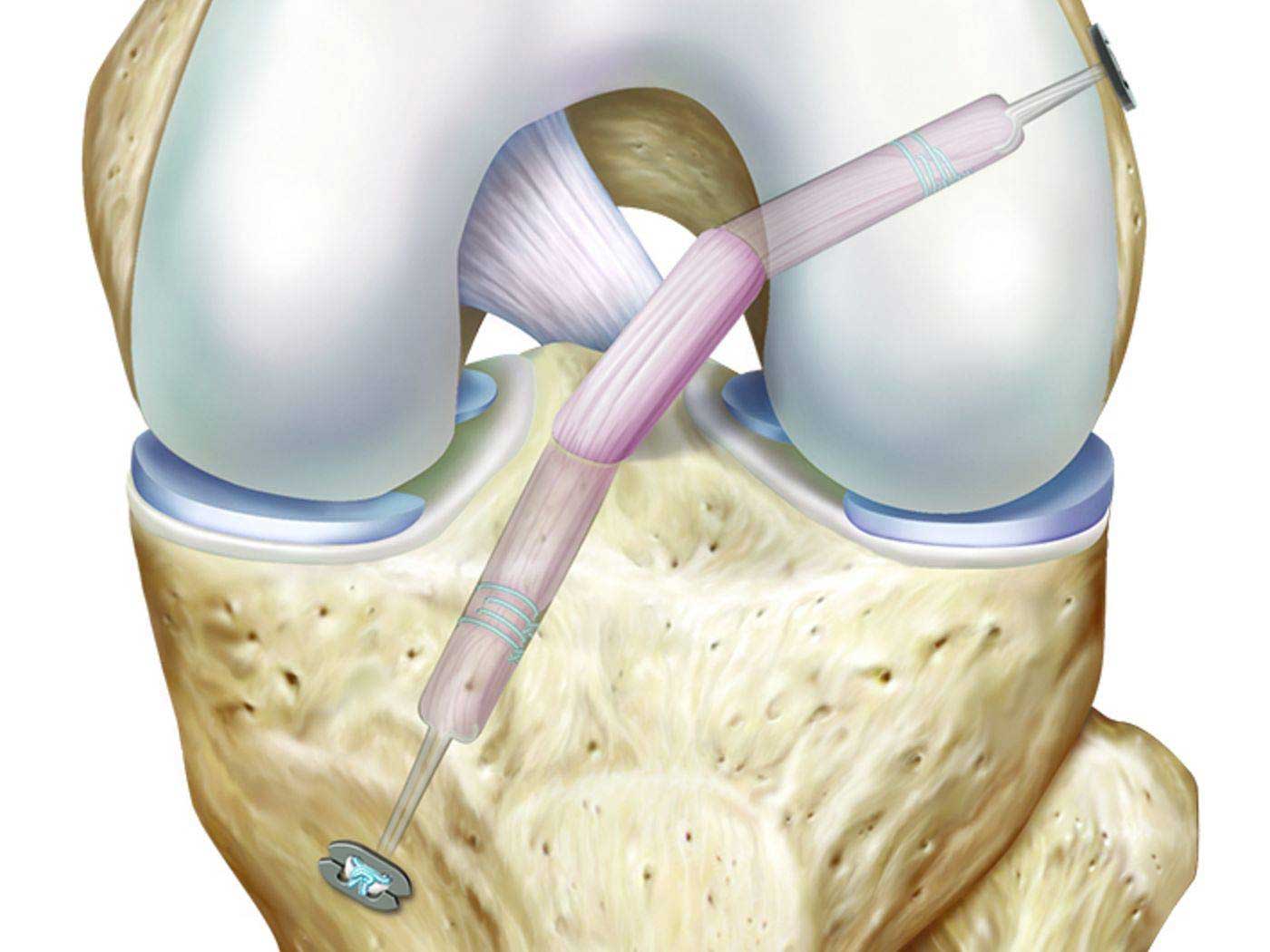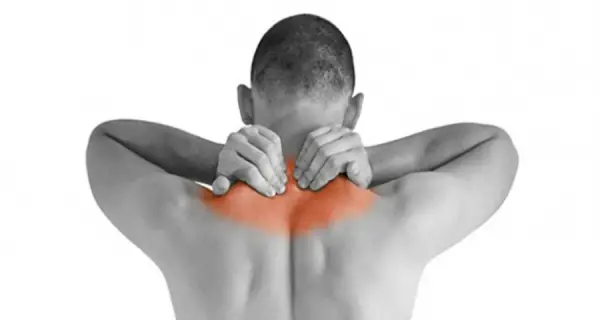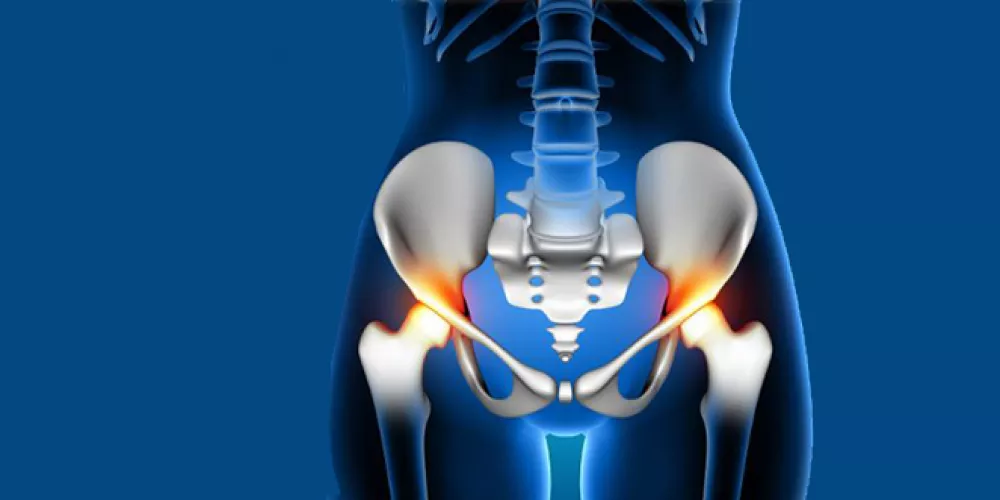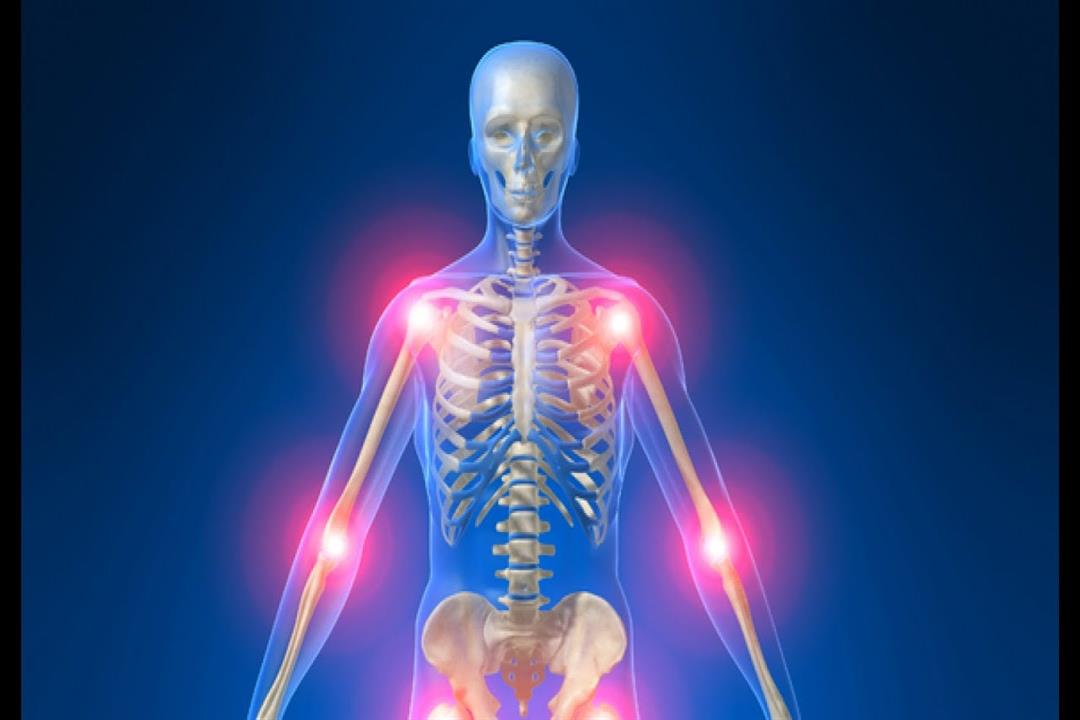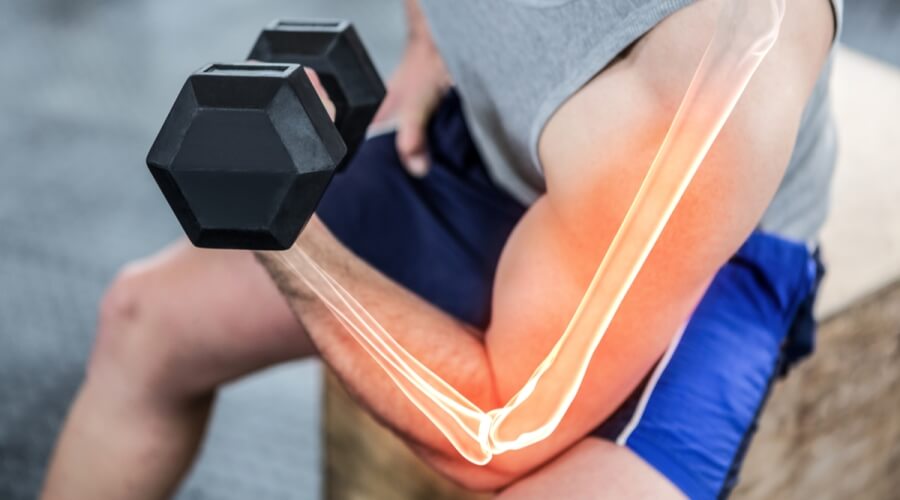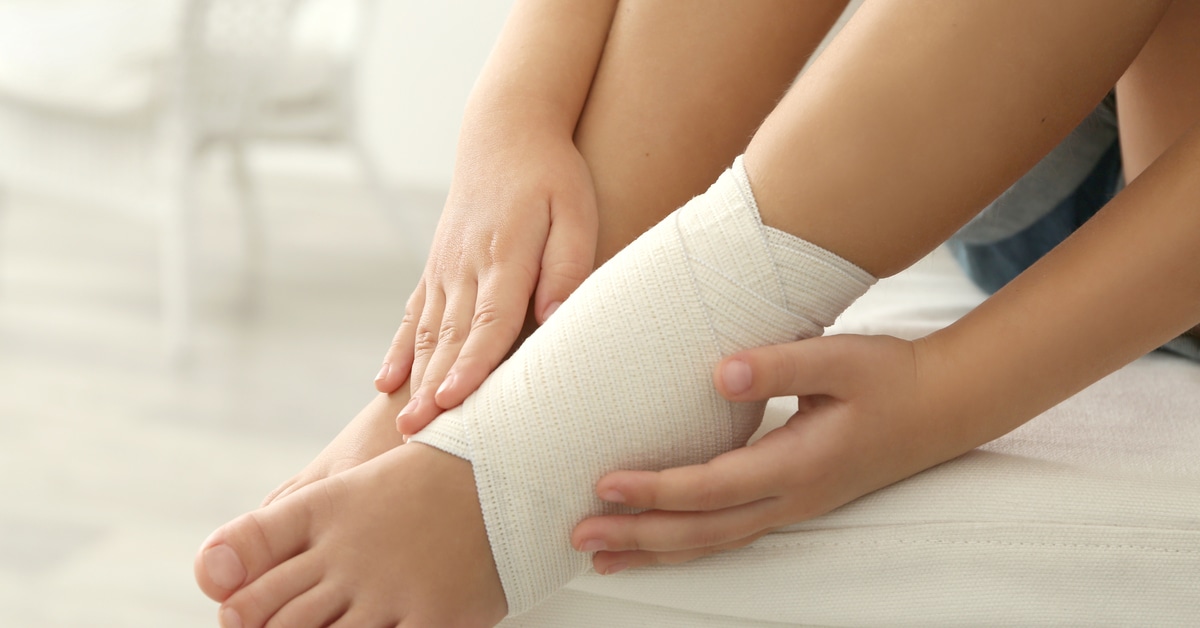Can Shoulder Dislocation Be Treated at Home? What Are the Correct Exercises?
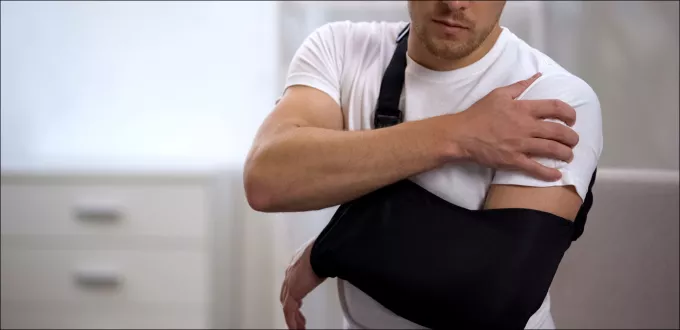
Can shoulder dislocation be treated at home?
Shoulder dislocation is a common injury that people may experience in their daily lives. It can occur due to excessive force or improper shoulder movement, leading to the upper arm bone’s displacement from its normal position. Shoulder dislocation can be either anterior or posterior, and the appropriate treatment varies for each type.
In the case of anterior shoulder dislocation, the upper arm bone’s head is moved forward out of its normal position. You may experience severe pain and swelling in the affected area. Anterior shoulder dislocation can be treated at home in mild cases, but it is recommended to visit a doctor for an evaluation and to determine the appropriate treatment.
As for posterior shoulder dislocation, the head of the upper arm bone slips backward out of its normal position. Posterior shoulder dislocation can be more serious than anterior dislocation, as it can damage nerves and blood vessels around the joint. Posterior shoulder dislocation should be treated under the supervision of a specialized doctor.
In cases of both anterior and posterior shoulder dislocation, specialized medical treatment and regular follow-up with a doctor are recommended. Surgical treatment may be required in some severe cases, where the upper arm bone’s head is repositioned and damaged tissues are repaired.
However, there are some measures that can be taken at home to care for the injured shoulder and expedite the healing process. Avoid repeating the movement that caused the shoulder dislocation and steer clear of painful motions. Applying ice can help reduce inflammation and pain, and it can be applied for 15 to 20 minutes on the affected shoulder. You may also need to take pain relievers and muscle relaxants as per your doctor’s instructions.
Ensure a gradual return of shoulder mobility without causing pain, and therapeutic exercises aimed at strengthening the muscles around the shoulder can help in the recovery process. The injured shoulder should be regularly assessed by a doctor, and their guidance regarding treatment and rehabilitation should be followed.
In conclusion, at-home treatment for shoulder dislocation should complement medical treatment and be under the supervision of a specialized doctor. Consulting a doctor is crucial for evaluating the injury, determining the most appropriate treatment, and monitoring the condition to ensure complete recovery and a return to normal activity.
Does Shoulder Dislocation Require Physical Therapy?
Shoulder dislocation is a common condition that occurs when the upper arm bone’s head slips out of its normal position in the shoulder joint. Shoulder dislocation can result from various causes such as falls, sports injuries, or car accidents. While some cases can be easily treated in the emergency department of hospitals, more challenging cases may require general anesthesia in the operating room.
There are several successful techniques for treating shoulder dislocation, and the doctor may need to try more than one method on the patient to find the appropriate one. After relocating the shoulder back into its place, a device or apparatus is used to limit the movement of the shoulder joint, and there may be a need for pain relief medications.
The treatment of a dislocated shoulder also includes physical therapy, which begins after the pain in the shoulder has subsided. The physical therapist guides the patient in performing exercises to strengthen the shoulder muscles. After about 6 weeks, lightweight weights can be used to train for shoulder dislocation. It’s important for the patient to follow the doctor’s or therapist’s instructions regarding the recommended exercises for strengthening the shoulder muscles and the allowable weights.
In general, the following steps can help alleviate discomfort and promote healing after the treatment of shoulder dislocation:
- Avoid repeating the movement that caused the shoulder dislocation.
- Rest and avoid straining the injured shoulder.
- Apply cold and then hot compresses to the shoulder to reduce inflammation and pain.
- Take pain relievers according to the doctor’s instructions.
- Maintain the range of motion in the shoulder and perform the prescribed physical therapy exercises.
In summary, the treatment of shoulder dislocation involves multiple steps, including medical treatment and sports rehabilitation. The patient should follow the doctor’s and therapist’s guidance and comply with the recommended exercises to strengthen the shoulder muscles and promote recovery.
Can a dislocated shoulder be moved?
Dislocating the shoulder joint is a common injury that people may experience, and it can occur as a result of acute injury, sports accidents, or even improper movements. Typically, a dislocated shoulder can be relocated and treated either non-surgically or surgically, depending on the injury’s severity.
In the case of a simple dislocation that has not caused significant damage to major nerves or tissues, there is likely to be improvement in the shoulder’s condition after a few weeks. Non-surgical treatment for a dislocated shoulder often involves gentle range of motion exercises to reposition the shoulder bones and return them to their original location. The patient may need to take muscle relaxants or pain relievers to alleviate pain and swelling, and in rare cases, general anesthesia may be administered before manipulating the shoulder bones.
In some cases, surgical treatment may be the appropriate option for treating a dislocated shoulder. Surgery can help reduce the risk of recurrence, especially in young athletes. After a closed reduction of the dislocation, a special brace or sling may be used for several weeks to restrict shoulder movement while the joint heals. Muscle relaxants or pain relievers may provide some comfort for the injured individual until the joint recovers. When there is no longer a need for continuous brace or sling use, a rehabilitation program can assist in regaining shoulder movement, strength, and stability.
After the shoulder has recovered and regained good range of motion, it is recommended to engage in sports exercises to strengthen and stabilize the shoulder and prevent further dislocations. The rehabilitative exercises prescribed by the doctor can help improve muscle strength and joint stability. The doctor may also help develop a routine exercise plan suitable for maintaining shoulder health.
It is important to respect the necessary recovery and rehabilitation period after a dislocated shoulder. Resuming physical activity too early can lead to reinjury. Therefore, patients should follow their doctor’s instructions, participate in physical therapy sessions, and return to regular physical activities only after receiving medical approval.
In summary, a dislocated shoulder can often be relocated and treated either non-surgically or surgically, depending on the severity of the injury. The treatment approach depends on the extent of the injury and the assessment of the treating physician. It’s crucial to respect the recovery period and engage in necessary exercises to strengthen and restore shoulder function.
What is the treatment for a dislocated shoulder?
A dislocated shoulder occurs when the upper end of the arm bone slips out of its normal position in the socket of the shoulder blade. It can happen as either an anterior (front) or posterior (back) dislocation and requires appropriate treatment to restore shoulder function and reduce pain and swelling.
The treatment for an anterior dislocated shoulder typically involves relocating the head of the upper arm bone back to its original position. This can be done by a specialist using manual manipulation techniques or through surgery in severe cases. After the shoulder is relocated, a brace may be applied to stabilize the shoulder and strengthen the damaged ligaments. This is usually followed by physical therapy sessions to regain mobility and strength in the shoulder.
Treatment for a posterior dislocated shoulder depends on the severity of the injury and may involve repositioning and stabilizing the shoulder using a brace. In some severe cases, surgical treatment may be necessary. After treatment, the patient is directed to physical therapy sessions to strengthen the muscles surrounding the shoulder and restore natural movement.
In addition to traditional medical treatments, there are some guidelines to accelerate the healing process after a dislocated shoulder. It is advisable to avoid repeating the movement that caused the injury and to steer clear of painful activities. Heavy lifting and high-level sports exercises involving overhead movements should also be limited until the shoulder’s condition improves.
Shoulder stretching exercises and a program of shoulder strengthening and stabilization exercises can help prevent future dislocations. The treating physician can assist in developing a suitable exercise routine based on the severity of the injury.
In conclusion, various treatments can help alleviate the pain and restore function in a dislocated shoulder. Rest is essential, and hot and cold treatments can be used to reduce pain and swelling. Topical medications applied directly to the painful area can provide relief. Physical therapy and, in some cases, surgery may be required. Consulting a doctor is recommended if the pain persists or worsens, as they can provide an accurate diagnosis and appropriate treatment for your condition.
How to Get Rid of Shoulder Pain?
Shoulder pain can be a bothersome and painful issue that significantly affects a person’s life. However, there are several ways to alleviate pain and improve the condition of the shoulder. In this article, we will explore some tips and various treatments that can help you get rid of shoulder pain.
Rest: One of the first and most important steps to relieve shoulder pain is to provide the shoulder with adequate rest. It is advisable to avoid strenuous activities that put pressure on the affected shoulder. Use a medical pillow that supports the shoulder and reduces pressure during sleep. Try to avoid sleeping on the affected shoulder to prevent worsening of the pain.
Hot Treatments: Hot treatments can be used to alleviate pain, reduce swelling, and improve blood circulation in the shoulder area. You can place a hot water bottle on the affected shoulder for a short period. It is recommended to repeat this process several times a day for the best results.
Cold Treatments: Ice or cold compresses can be used to reduce swelling and pain in the shoulder. You can place an ice pack wrapped in a thin cloth on the affected shoulder for a short duration. It is advised to repeat this process several times a day. Cold therapy helps reduce swelling and provides pain relief.
Topical Treatments: Many over-the-counter topical medications are available that can be used to relieve shoulder pain. You can use anti-inflammatory drugs or topical pain relievers applied directly to the painful area. These medications can be found in pharmacies and do not require a prescription.
Physical Therapy: Physical therapy is considered an effective treatment for shoulder pain. Physical therapists can provide therapeutic sessions that target strengthening the muscles around the shoulder and improving flexibility. Physical therapy may take a while to achieve recovery, but it can be effective in improving shoulder condition and reducing pain.
Surgery: In some severe and advanced cases of shoulder pain, surgical treatment may be the best option. It is recommended to visit a doctor if the pain persists or worsens, as the doctor will conduct necessary tests and provide an accurate diagnosis of the condition. If it is determined that surgical treatment is necessary, surgery may be performed to relieve severe pain and improve the shoulder’s condition.
In summary, various treatments can help alleviate shoulder pain. Adequate rest, hot and cold treatments, as well as physical therapy and surgery when necessary, are some of the options. It is important to consult a doctor if the pain persists or worsens, as the doctor can provide an accurate diagnosis and appropriate treatment for your condition.
What Does a Dislocated Shoulder Look Like?
A dislocated shoulder involves an injury in which the bones of the upper arm come out of the cup-shaped socket that forms part of the shoulder. The shoulder joint is the most flexible joint in the body, making it more susceptible to dislocation. Anterior dislocation, where the shoulder dislocates to the front, is the most common type of shoulder dislocation.
In the case of an anterior shoulder dislocation, there is a visible deformity in the shoulder as it comes out of its normal position. A person may notice a protrusion in the front of the upper arm bone, and they may feel a contraction in the arm and a loss of the normal appearance of the shoulder muscles. Tear in the muscle below the shoulder may also be observed.
As for posterior shoulder dislocation, it is less common than anterior dislocation. In this type of dislocation, the shoulder is deformed and dislocated to the back. The person may experience numbness, weakness, or tingling near the site of the injury, such as the neck or below the arm. Muscle spasms around the shoulder may also occur, intensifying the pain.
Regarding the treatment of a dislocated shoulder, it depends on the severity of the injury and the type of dislocation. In some cases, the shoulder can be immobilized using a brace or sling to keep the shoulder joint in its current position. In cases of severe dislocation, ligament tears, or nerve and blood vessel damage, surgical treatment may be necessary to repair the damaged tissues.
In general, immediate medical attention should be sought in cases where a shoulder dislocation is suspected. The shoulder should be immobilized using a brace or sling, and attempting to forcibly move or relocate the shoulder should be avoided. Consultation with a specialist is essential to assess the condition and determine the appropriate treatment.
What’s the Difference Between Dislocation and Fracture?
Dislocation and fracture are two common injuries involving bones and joints, and although they can occur in the same area, each has a different definition and symptoms.
A fracture is damage to a bone that results in it being broken or deformed. A fracture can be a complete break, where the bone is divided into two pieces, or it can be a partial break, where there is a crack in the bone, or it can be a comminuted fracture, where the bone shatters into small pieces. Fractures can be diagnosed based on the following symptoms:
Pain in the affected area. Swelling and redness in the affected area. Difficulty in moving the injured limb. Visible displacement of the broken bone through the skin.
On the other hand, dislocation is an injury to a joint that results in the separation of the connected bones at the joint. Dislocation can occur due to trauma, such as motor vehicle accidents, falls, or blows. Dislocation can be diagnosed based on the following symptoms:
Pain in the affected joint. Swelling and redness in the affected joint. Inability to use the joint properly. Visible displacement of the bones connected to the joint out of their normal position.
Both fractures and dislocations can cause damage to nearby blood vessels or nerves, so a thorough examination is needed to ensure that there are no additional injuries. If symptoms such as numbness, paralysis, or coldness in the affected area occur, immediate medical consultation is required.
In general, the difference between a fracture and a dislocation can be summarized as follows:
A fracture occurs in a bone, while a dislocation occurs in a joint. A fracture results in a bone being broken or deformed, while a dislocation results in the separation of the connected bones at the joint. A fracture can be a complete break, partial break, or comminuted fracture, while a dislocation involves the bones being disconnected. A fracture is diagnosed by the presence of a broken bone protruding from its natural place, while a dislocation is diagnosed by the separation of the bones connected to the joint.
In summary, a fracture occurs in a bone and results in it being broken or deformed, while a dislocation occurs in a joint and results in the separation of the connected bones.
What Are Post-Shoulder Dislocation Exercises?
After a shoulder dislocation, a person experiences weakness in the shoulder muscles, loss of stability, and difficulty in regaining natural movement. Therefore, physical therapy and exercising are considered essential parts of the rehabilitation and recovery process.
Post-shoulder dislocation exercises are crucial for strengthening the shoulder muscles and regaining natural movement. These exercises should be performed under the supervision of a physical therapist or a qualified fitness trainer, as they can assess the shoulder’s condition and guide the individual correctly. These exercises include exercises to strengthen the anterior dislocated shoulder. This program should only start once pain allows it. The athlete should avoid any movements that raise the arm above the shoulder or rotate it outward in the early stages, as the shoulder is vulnerable to injury.
Post-shoulder dislocation exercises also include exercises for mobilization, stabilization, and sport-specific training as part of a comprehensive rehabilitation program. These exercises should be performed gradually and consistently to achieve the desired results. Post-shoulder dislocation exercises also involve stretching exercises for the shoulder and the surrounding muscles. The goal of these exercises is to adjust the muscles, stimulate blood flow, and achieve full flexibility, which helps alleviate muscle tension and discomfort.
As an example of post-shoulder dislocation exercises, the following exercises can be mentioned:
Standing next to a wall and placing the hand on it, take a small step forward with your right foot and lean your body forward with the upper part of your body, twisting your body slightly to the other side of the wall. Repeat the same movement with the other foot. Place your body on your hands and knees and raise your hips upward, using your hands to maintain this position. This exercise helps strengthen the shoulder and arm muscles.
It is worth noting that consulting a doctor before starting any treatment program or post-shoulder dislocation exercises is essential. These exercises should be performed correctly and under the supervision of a specialist to avoid any injuries or exacerbation of the condition.
In conclusion, engaging in sports exercises after a shoulder dislocation is an essential part of the treatment process and rehabilitation. These exercises help strengthen the shoulder muscles and regain natural movement, allowing the individual to return to their sporting activities with confidence and without any problems.
Is Shoulder Cracking Serious?
Shoulder cracking is a common phenomenon that some people may experience when moving their shoulder joint. This sound may be accompanied by some pain or swelling in the joint, and sometimes it occurs without any additional symptoms. What are the causes of shoulder cracking, and when can it be considered serious?
The shoulder joints are relatively unstable compared to other joints, consisting of three bones: the humerus, scapula, and clavicle. These bones are held together by ligaments, tendons, and muscles, which work together to prevent bone dislocation. However, shoulder cracking may occur due to various factors, including:
Torn tendons and ligaments: Tears in the tendons and ligaments surrounding the joint can lead to cracking when moving the shoulder. Joint cavities: Shallow cavities in the bones of the joint can allow cracking during shoulder movement. Cartilage damage: Damage to the cartilage in the joint can result in cracking and pain. Joint inflammation: Joint inflammation due to injury or chronic diseases can be a cause of shoulder cracking. Bone friction: In some cases, bone friction may occur in the joint due to damage to the surrounding cartilage, causing cracking. Chronic diseases: Some chronic diseases, such as rheumatoid arthritis, can cause joint damage and, consequently, cracking.
Although shoulder cracking can be annoying, it is generally not considered serious. In most cases, symptoms can be relieved, and improvement can be achieved by following some simple measures, such as:
Avoiding prolonged shoulder use and excessive movements. Applying cold packs to the affected area to reduce pain and swelling. Engaging in shoulder muscle strengthening exercises to enhance joint stability. Consulting a doctor if symptoms persist or worsen.
However, there may be rare cases that require immediate medical attention, such as severe injuries or fractures in the shoulder, or if cracking is accompanied by severe pain and significant swelling. In these cases, it is advisable to seek medical evaluation and proper diagnosis.
In general, individuals experiencing shoulder cracking should monitor their condition and take necessary steps to alleviate symptoms. If symptoms worsen or significantly impact daily life, consulting a doctor for an evaluation and appropriate treatment is advisable.
What Is the Recovery Time for Shoulder Dislocation?
Shoulder dislocation is a common injury that occurs when the upper part of the arm bone (humerus) slips out of the shoulder socket. Shoulder dislocation can result from sports injuries, falls onto the shoulder, or sudden unnatural shoulder movements. People engaged in strenuous sports or activities that require strong shoulder movements may be at a higher risk of shoulder dislocation.
The recovery time for shoulder dislocation varies depending on the severity of the injury and its impact on surrounding tissues. In the case of a simple shoulder dislocation that did not cause significant tissue or nerve damage, improvement is likely to occur within a few weeks. Recovery depends on adhering to the recommended treatment and preventive measures advised by doctors.
In the case of a severe shoulder dislocation or one that resulted in tissue or nerve injuries, recovery may take a longer period. The person may need at least two to three weeks to recover. There may be a need for surgical intervention to repair damaged tissues and reduce the risk of future injury.
During the recovery period, the patient should refrain from repeating movements that caused the injury and avoid painful movements. It is recommended to minimize lifting heavy loads and avoid activities that require shoulder movement above the head until the shoulder returns to its normal condition. Ice can be used to reduce inflammation and pain. Applying an ice pack to the injured shoulder for approximately 15 to 20 minutes at a time is advisable. Physical therapy and strengthening exercises can also help regain shoulder flexibility and strength.
It is essential for the patient to adhere to the prescribed treatments and follow medical guidance to expedite the recovery process and prevent any complications. Frequent visits to the doctor may be necessary to monitor recovery progress and ensure there are no complications.
In conclusion, individuals experiencing shoulder dislocation should consult a specialist to evaluate their condition and provide guidance on the appropriate treatment and expected recovery period. Compliance with treatment and medical recommendations is crucial to ensure proper recovery and a safe return to regular activities.
How Long Does Shoulder Physical Therapy Take?
The duration of shoulder physical therapy varies depending on the patient’s condition, the severity of pain, and its underlying cause. Physical therapy sessions typically last around 30 minutes each, and most patients require an average of 4 to 6 sessions to achieve significant improvement. However, some individuals may need more sessions if their condition is more complex.
The duration of physical therapy is determined based on a comprehensive assessment of the patient’s condition. Therapists identify the root cause of the problem and determine the appropriate treatment based on the patient’s needs. Physical therapy for the shoulder may include joint mobilization, soft tissue massage, strengthening exercises, and muscle stretching.
Physical therapy can be an effective way to alleviate shoulder pain. It helps improve shoulder function, range of motion, reduces inflammation, and alleviates pain. Physical therapy can be beneficial for individuals experiencing shoulder pain during sports, work, or daily activities. In addition to in-clinic sessions, patients may be directed to perform physical therapy exercises at home, which can aid in improving their condition and promoting recovery.
It’s important to adhere to scheduled sessions and follow the physical therapist’s instructions carefully to ensure maximum benefit from the treatment. Cases of shoulder issues that are more complex and severe may require a longer recovery time, while others may recover more quickly and return to their normal state of health.
In conclusion, physical therapy is considered an effective and safe method for treating shoulder pain. It helps improve shoulder function, reduce pain, and promote recovery. Consultation with a physical therapy specialist is recommended to evaluate your condition and determine the appropriate treatment based on your individual needs.
Best Shoulder Doctor in Cairo
Choosing the best orthopedic specialist for shoulder-related issues in Cairo is an important decision that depends on several factors and criteria that should be met by the physician. These factors include the doctor’s reputation, competence, skills, and years of experience in this field.
The doctor should also possess good communication skills and be able to effectively interact with patients and provide regular follow-ups. Additionally, the doctor should have positive patient reviews from previous patients who have received treatment from them, and they should have a successful treatment plan for shoulder conditions.
Based on these criteria, Dr. Amr Amal is recommended as one of the top orthopedic specialists in the field of shoulder surgery in Cairo. Dr. Amr Amal is an excellent and trusted physician in treating shoulder conditions. He is known for his high ethics and respect for patients, along with his ability to communicate and interact effectively with them. Dr. Amr Amal has extensive knowledge in the field of shoulder surgery and uses modern and advanced techniques in treating various conditions.
Dr. Amr Amal also works as a faculty member at Ain Shams University in Nasr City, which enhances his credibility and expertise in this field. His clinic can be found at Dar Al Fouad Medical Tower on the fourth floor, room number 418, and he provides exceptional consultation and surgical services.
Shoulder pain is a common issue that many people experience, and it may require consultation with a specialized orthopedic doctor for an accurate diagnosis and appropriate treatment. The causes of sudden shoulder pain can be diverse, including shoulder nerve inflammation and joint damage.
By choosing Dr. Amr Amal as your orthopedic specialist for shoulder issues in Cairo, you can rely on his expertise and consultation and surgical skills to successfully treat shoulder conditions. Dr. Amr Amal provides a thorough explanation of the condition and offers a comprehensive treatment plan for patients.
Using the free online Vezeeta service, you can schedule an appointment with Dr. Amr Amal or any other specialized shoulder doctor in Nasr City. This service allows you to input your geographical area and specify your insurance company to receive a list of qualified and available doctors who match your search criteria.

